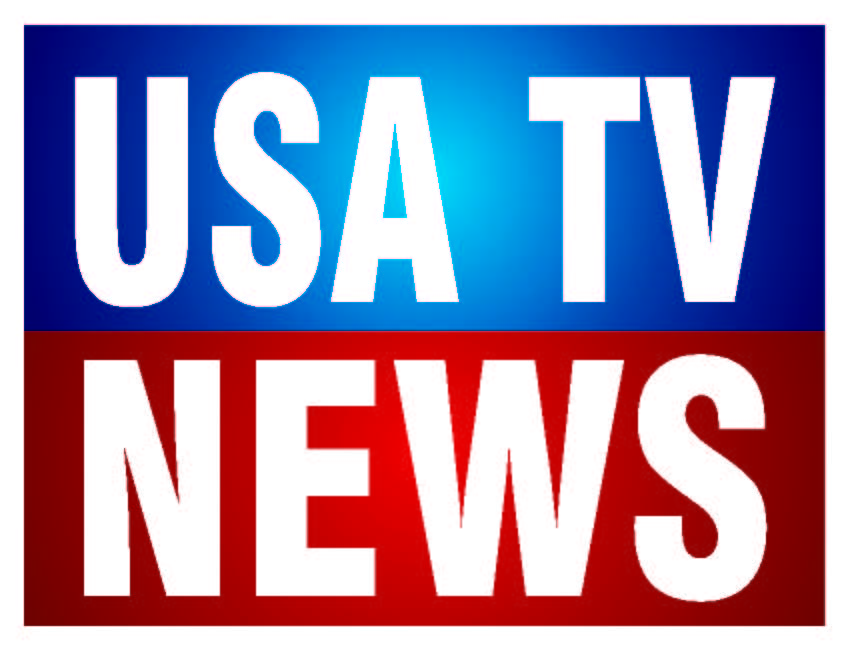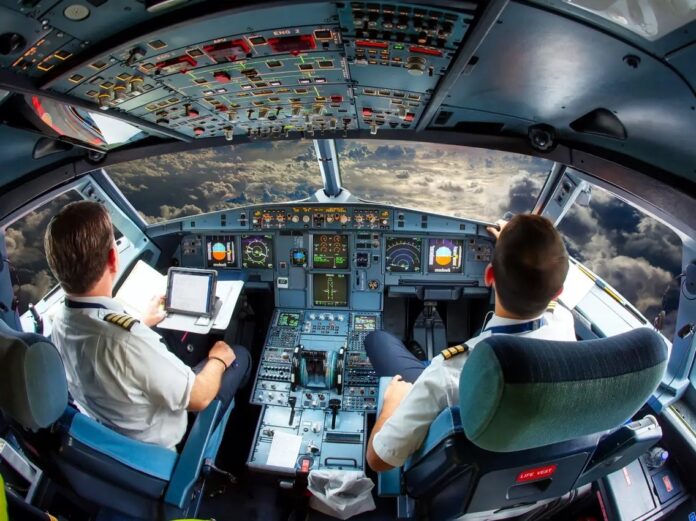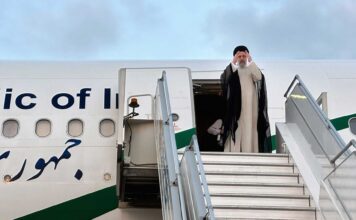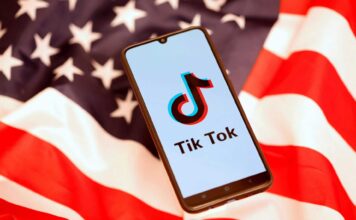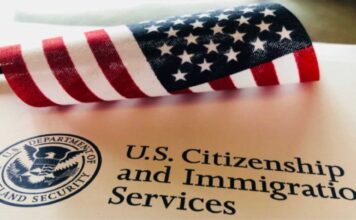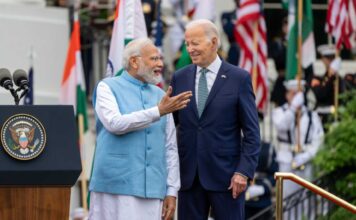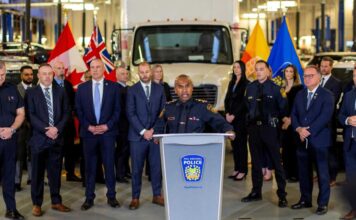By Jennifer Seter Wagner
The path for would-be pilots hoping to one day fly for a U.S. carrier is becoming increasingly accessible, as airline officials have turned more creative in their search to bring tens of thousands of new pilots into the industry over the next decade.
The Bureau of Labor Statistics projects about 18,000 job openings for airline and commercial pilots each year through 2031.
While many aspiring major airline pilots still take the traditional route, including getting a four-year undergraduate degree in aviation or a related field, a growing number of airlines and aviation groups are working to expand the pipeline of potential pilots. These efforts also aim to diversify a profession that is about 92% male and 96% white, according to the BLS.
How to get an aviation degree
Students hoping to one day pilot the controls of a commercial aircraft must meet criteria as defined by the Federal Aviation Administration. The first step is working with a certified flight instructor to obtain a private pilot license.
Students need a firm grasp of English and to hold the proper medical certification to attend both ground and flight school, where they must pass a series of both written and practical tests.
Students might also enroll directly in a flight school – such as ATP Flight School or AeroGuard Flight Training, both of which offer pilot training around the country.
For others intent on a more specialized degree, four-year programs like the ones found at Purdue University in Indiana, the University of Oklahoma, and Embry-Riddle Aeronautical University in Florida and Arizona can provide students the pilot credentials alongside a bachelor of arts or science in subjects such as aviation, aeronautical science or aerospace engineering.
Enrolling in the military is another option, as students who go this route may obtain the requisite licensing requirements that could one day help them transition to a commercial piloting career.
Cost of getting an aviation degree and payoff
Flight school can be an expensive endeavor. Students can expect to pay upwards of $80,000 to attend, though scholarships and loans may be available. Those attending a four-year degree program in aviation will typically pay those flight training costs on top of their tuition. Further relief may be in sight, as bipartisan legislation recently introduced in both the U.S. House and the Senate aims to broaden the access to financial support for qualified students.
While the costs associated with obtaining a commercial pilot license may be lofty, aviation professionals suggest they be examined through the lens of potential earnings. According to the BLS, the median annual wage for pilots, copilots and flight engineers in 2021 was about $202,000, making it one of the top 20 highest-paid professions in the U.S.
New routes to becoming a Pilot
In the hopes of expanding and diversifying their pipeline of pilots, major airlines have eliminated the requirement for pilots to possess four-year degrees and expanded traditional recruiting networks.
Major carriers have established partnerships with flight-training institutions that will ultimately propel more pilots into their flight decks. United Airlines became the first major U.S. airline to own and operate its own flight school, the United Aviate Academy.
Since opening its doors in 2021, UAA has received over 30,000 applications. Between 300 and 500 students will enroll per year, says Dana Donati, CEO of the academy and a former airline pilot. In January, the company graduated its inaugural class of 51 students, 80% of whom were women and people of color.
The UAA program, based in Goodyear, Arizona, takes about a year to complete, and graduates leave as certified flight instructors. Then it’s time to build flight hours and gain the highest levels of certification – a process that takes approximately five to six years – at which point flying the larger aircraft for United may be an option.
(Text Courtesy: US News)
